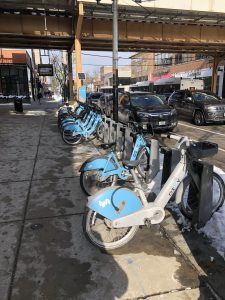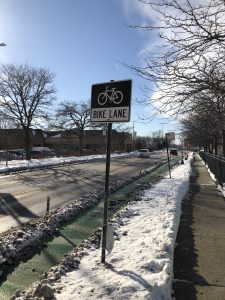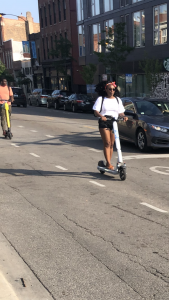
The rise in popularity of larger and higher vehicles has raised concerns about the safety of pedestrians and bicyclists on the road. These types of vehicles pose a unique threat to people on foot or on bikes because of their size and height, which can make it more difficult for drivers to see them and more dangerous in the event of a collision. The Chicago personal injury lawyers of Zneimer & Zneimer have seen some devastating
One of the biggest dangers that larger and higher vehicles pose to pedestrians and bicyclists is the difficulty they can have in being seen by drivers. These vehicles are often much taller than smaller cars and trucks, which can block the view of drivers and make it harder for them to see people on foot or on bikes. Additionally, the high hoods and large bumpers of these vehicles can also make it more difficult for drivers to accurately judge the distance between their vehicle and pedestrians or bicyclists, making it more likely for an accident to occur.
Another issue with larger and higher vehicles is the impact they can have in the event of a collision. These vehicles are often much heavier than smaller cars and trucks, meaning that they can cause much more severe injuries in the event of a collision. Furthermore, the high ground clearance of these vehicles can also make it more likely for pedestrians and bicyclists to be hit in the head or torso, which are the areas most likely to result in serious injury or death.
 Chicago Accident Lawyer Blog
Chicago Accident Lawyer Blog













